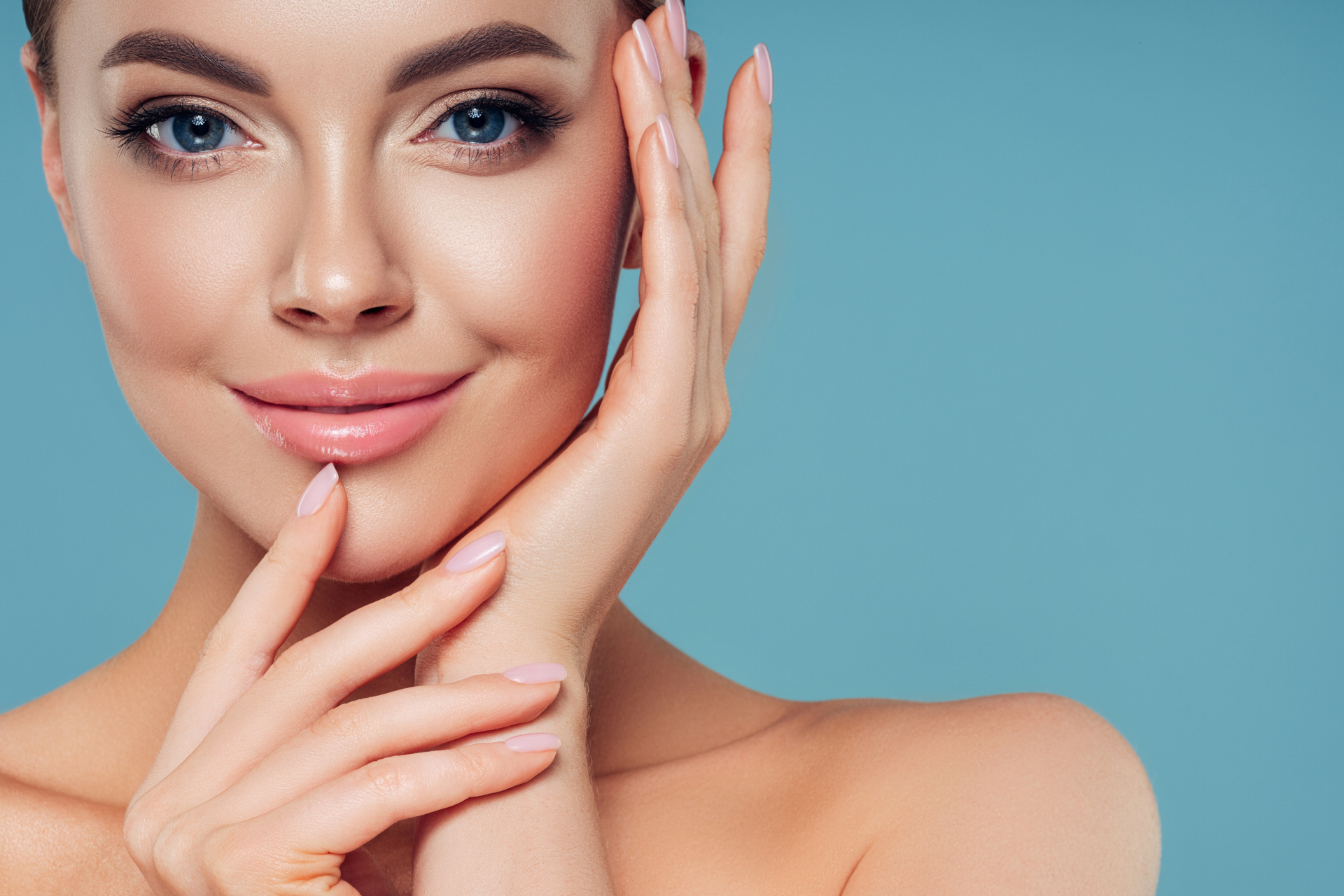Self-Care Spotlight: Simple Practices for Radiant Skin and a Healthy You

In today's fast-paced world, it's easy to overlook the importance of taking care of ourselves, both inside and out. At Fall Creek Skin and Health Clinic, we understand the vital link between radiant skin and overall wellness. As a leading provider of comprehensive skin and health care services, we believe that self-care is a fundamental aspect of maintaining a healthy body and mind. In this self-care spotlight, we'll explore some simple yet effective practices to help you achieve glowing skin and a healthier you.
1. Hydrate Inside and Out
Staying hydrated is crucial for healthy skin and overall well-being. Drinking an adequate amount of water each day helps flush out toxins and keeps your skin looking plump and radiant. Additionally, using a good-quality moisturizer can help lock in moisture and prevent dryness, keeping your skin soft and supple. At Fall Creek Skin and Health Clinic, we offer expert advice on the best skincare products tailored to your unique needs.
2. Practice Sun Safety
Protecting your skin from harmful UV rays is essential for maintaining healthy skin and preventing skin cancer. Make sure to apply sunscreen with at least SPF 30 every day, even on cloudy days. Wearing protective clothing, such as hats and sunglasses, can also help shield your skin from sun damage. If you have concerns about sunspots or unusual moles, our experienced dermatologists at Fall Creek Skin and Health Clinic can provide personalized treatments and screenings.
3. Prioritize Sleep
Getting enough quality sleep is critical for skin rejuvenation and overall health. Lack of sleep can lead to dull skin, dark under-eye circles, and increased stress levels. Aim for 7-9 hours of uninterrupted sleep each night to allow your body to repair and regenerate. If you're struggling with insomnia or sleep disturbances, our healthcare professionals at Fall Creek Skin and Health Clinic can offer guidance on improving your sleep hygiene.
4. Nourish Your Body
A balanced diet rich in fruits, vegetables, lean proteins, and healthy fats is key to glowing skin and optimal health. Foods high in antioxidants, such as berries, spinach, and nuts, can help combat free radicals and promote skin health. Consider incorporating skin-boosting nutrients like vitamin C, vitamin E, and omega-3 fatty acids into your diet for a radiant complexion. If you have specific dietary concerns or skin conditions, our team of experts at Fall Creek Skin and Health Clinic can develop a customized nutrition plan to support your skin and overall well-being.
5. Manage Stress
Chronic stress can take a toll on your skin, leading to breakouts, inflammation, and premature aging. Finding healthy ways to manage stress, such as meditation, yoga, or deep breathing exercises, can help improve your skin's appearance and promote inner calm. At Fall Creek Skin and Health Clinic, we offer holistic approaches to stress management, including mindfulness techniques and counseling services, to help you maintain a healthy mind-body connection.
In conclusion, self-care is not just a luxury but a necessity for achieving radiant skin and a healthy you. By incorporating these simple practices into your daily routine and seeking support from trusted healthcare professionals like those at Fall Creek Skin and Health Clinic, you can nurture your skin from the inside out and embark on a journey toward holistic well-being. Remember, your skin is a reflection of your inner health, so prioritize self-care and embrace the glow that comes from taking care of yourself.




